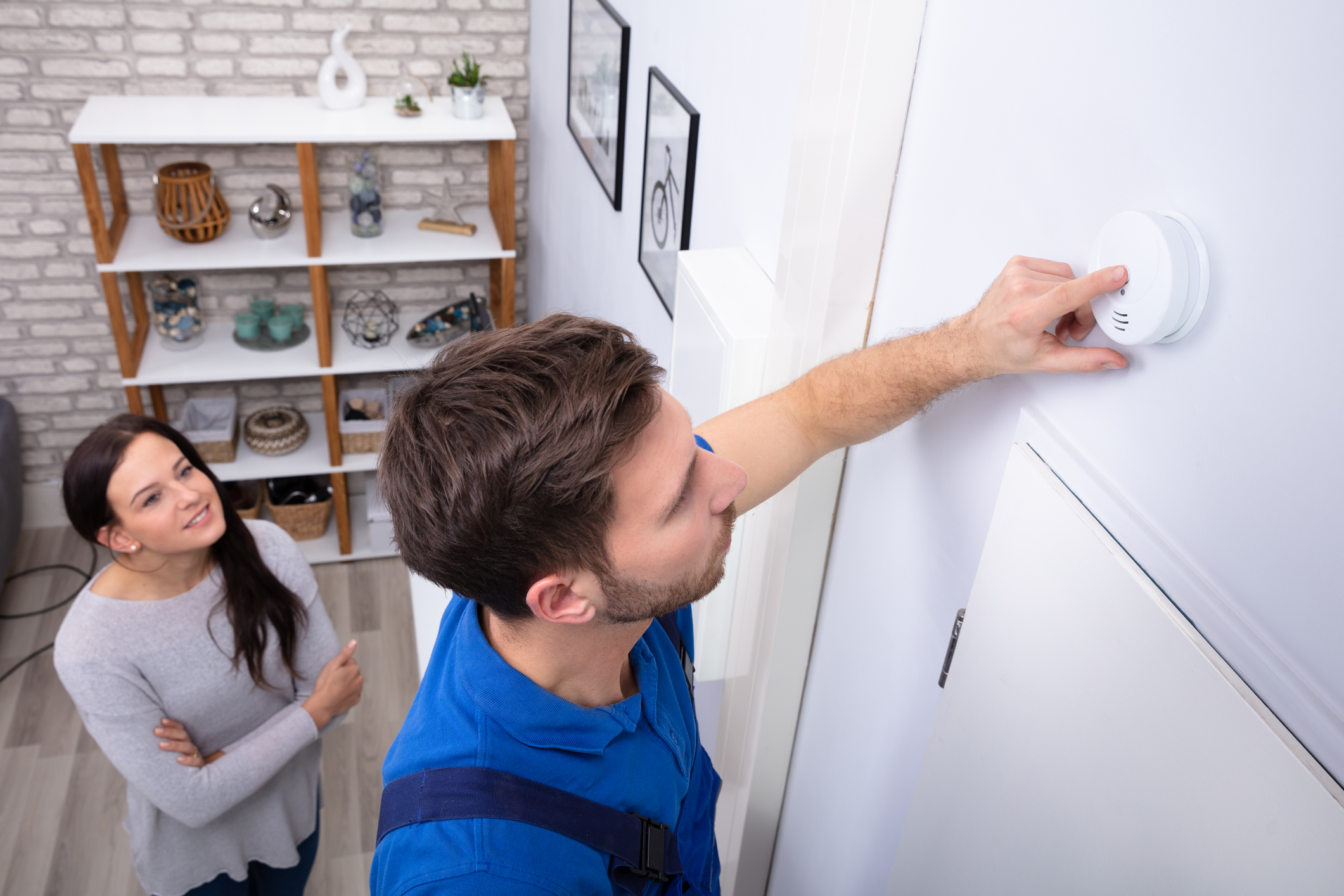Carbon monoxide is a colorless, odorless, tasteless gas that can be deadly. It is produced when fuel is burned incompletely, such as in gas stoves, ovens, heaters, and fireplaces. Carbon monoxide can also be produced by cars, trucks, and generators.
Carbon monoxide poisoning can cause a variety of symptoms, including headaches, dizziness, nausea, vomiting, confusion, and loss of consciousness. In severe cases, carbon monoxide poisoning can be fatal.
Carbon monoxide detectors are an important safety device that can help to prevent carbon monoxide poisoning. Carbon monoxide detectors work by detecting the presence of carbon monoxide gas in the air. When a carbon monoxide detector detects carbon monoxide, it will sound an alarm.
It is important to have carbon monoxide detectors in all sleeping areas of your home, as well as on every level of your home. You should also have carbon monoxide detectors in your garage and basement, if you have them.
Carbon monoxide detectors should be tested regularly to make sure they are working properly. You should test your carbon monoxide detectors once a month by pressing the test button. If your carbon monoxide detector does not sound an alarm when you press the test button, it needs to be replaced.
Carbon monoxide detectors are an important safety device that can help to prevent carbon monoxide poisoning. By having carbon monoxide detectors in your home and testing them regularly, you can help to keep your family safe from this deadly gas.
Here are some additional tips for preventing carbon monoxide poisoning:
- Never use a generator or other fuel-burning appliance inside your home, even with the windows open.
- Have your furnace and other fuel-burning appliances inspected and cleaned by a qualified technician every year.
- Make sure your carbon monoxide detectors are working properly by testing them once a month.
- If you suspect carbon monoxide poisoning, get fresh air immediately and call 911.
Replacement:
If your carbon monoxide detector is more than 10 years old, it is time to replace it. Carbon monoxide detectors have a limited lifespan, and they may not be as effective at detecting carbon monoxide after they have been in use for a long time.
When you are replacing your carbon monoxide detector, be sure to choose a model that has been approved by a recognized testing organization, such as Underwriters Laboratories (UL). You should also choose a model that has a digital display, so that you can easily see the carbon monoxide level in your home.
Carbon monoxide detectors are an important safety device, and they can help to prevent carbon monoxide poisoning. By replacing your carbon monoxide detector every 10 years, you can help to keep your family safe from this deadly gas.




